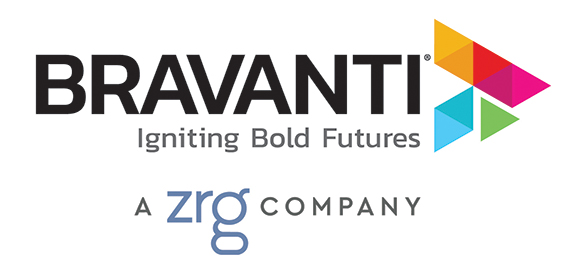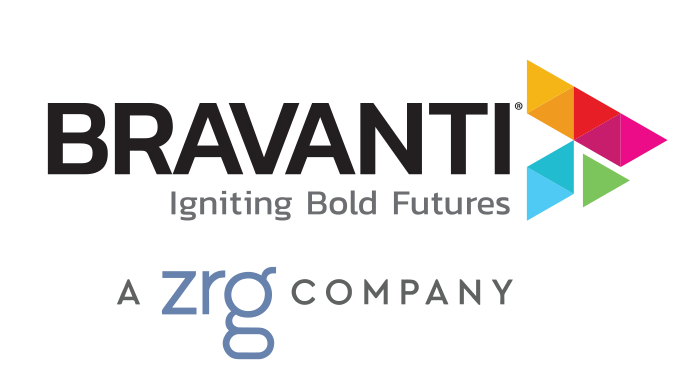Few people can argue with the power of one-on-one coaching and the impact it has on individual performance, leadership skills, and emotional preparedness. What is less agreed upon, however, is the role that coaching can and should play in leadership development programs.
Traditionally, one-on-one coaching has been limited to the executive ranks in most organizations; but more and more, companies are leveraging this powerful tool into talent and leadership development programs. This approach uses coaching to better prepare future leaders before they reach executive ranks.
We’re working with industry-leading organizations to define and build their coaching cultures. Below are some use-case scenarios to illustrate what a broader application of coaching can look like in your organization.
Coaching Leadership Development Use-Case #1: Onboarding a New Leader
The Scenario
Sandra is the new Senior Sales Director for a global consumer products company. She joined the organization during a high-growth period and needs to be onboarded quickly so that she can focus on meeting market demand.
While Sandra is confident in her ability to lead and is anxious to get started, she recognizes that her onboarding experience will play a critical role in her success. Within her first week, Sandra is paired with her coach, Tom, to begin executing a customized onboarding program to accelerate Sandra’s integration to the team.
The Process
Sandra’s custom onboarding program includes the following coaching elements:
- Individual development plan to align goals, strategies, and actions with team and organization
- One-on-one coaching sessions
- New leader & team acceleration sessions
- Executive presence coaching
The Outcome
After only a few weeks, Sandra is acclimated to her new team and is confidently leading sales operations throughout the U.S. Tom worked with her on building rapport with her direct reports (regional sales directors) through honest, open dialogue and authentic leadership. Her individual development program focused her efforts on providing guidance and support to regional directors as they implemented new sales strategies. The addition of one-on-one coaching to her onboarding process equipped her with critical insights and resources that accelerated her integration into the team and empowered her to lead with confidence.
Coaching Leadership Development Use-Case #2: Leading Through Change
The Scenario
Brian leads regional operations for a large industrial energy company. Due to a recent workforce restructuring, Brian’s responsibilities have increased significantly as his region expands to include more territories. Amidst all the change, his team’s morale hit a low point.
He’s naturally questioning whether he can lead his team through the significant changes outlined by his company’s executive team. Part of the restructuring program included one-on-one coaching for impacted leaders. Brian’s new coach, Linda, supported him in carrying out the organization’s new vision.
The Process
Linda worked with Brian to draft a personalized coaching plan that included:
- Key stakeholder feedback reviews
- Strategic vision-setting
- One-on-one coaching
- Executive presence coaching
- Executive presentation coaching
The Outcome
With Linda’s guidance, Brian refocused and realigned his team to the organization’s new mission. The key stakeholder feedback provided in-depth understanding of the leadership skills Brian could improve and a general understanding of his team’s fears. This information enabled him to directly address those fears and better support his team through open communication, information, and empathy. Brian’s confidence in his ability to lead is higher than ever and he’s successfully leading his team toward the company’s new vision.
Coaching Leadership Development Use-Case #3: Developing a Leadership Mindset
The Scenario
Shana is an associate analyst at a global financial services firm. She’s an excellent tactician who regularly exceeds performance goals, prompting her supervisor to recommend her for a high-potential cohort. Following the intensive 12-month leadership development program, Shana is promoted to her first leadership role. While technically proficient, she struggles to shift from the mindset of an individual contributor to that of a leader. She wants to dive in, solve problems herself, and feel the rush of tactical execution. This lack of strategic leadership quickly leads to blurred roles and responsibilities within her new team. Recognizing this as one of the biggest challenges of new leaders, Shana is paired with a coach, Peggy, to shift her to a leadership mindset.
The Process
Peggy works with Shana to develop a new leader coaching plan that includes:
- Individual development plan to align goals, strategies, and actions with team & organization
- One-on-one coaching sessions
- Executive presence coaching
- Executive presentation coaching
- Navigating conflict & emotions
- Authentic leadership
The Outcome
After working with Peggy, Shana is all about the “Big Picture.” Instead of focusing on tactics, Shana concentrates on equipping and empowering her direct reports so they can be tactically proficient. Instead of solving problems, Shana now provides guidance and support to enable her team to problem-solve effectively on their own– and she stays focused on the overarching strategy. The resulting effect: an efficient, solution-oriented team led by a confident, supportive Shana.
Coaching Leadership Development Use-Case #4: Building a Coaching Culture
The Scenario
A leading national healthcare provider announces that it will merge with another provider, effectively doubling its U.S. workforce. As Chief People Officer, Dan is tasked with designing a workforce integration plan based on cultural pillars outlined by the executive team.
He creates a team of internal leaders and industry experts to help him define the desired cultural attributes, leadership capabilities, and behaviors of the organization post-integration. Dan and his team determine that the most effective way to achieve their goal is by developing a coaching culture that cascades the new mission, values, attributes, and strategic vision throughout the organization via coach-the-coach programming. The team creates a coaching cohort of functional leaders from each organization who will lead the coaching culture efforts.
The Process
A team of coaching experts work with cohort participants on a coach-the-coach training curriculum that includes:
- Individual development plans to align goals, strategies, and actions with the organization
- Group and one-on-one coaching on strategic priorities
- Leading high-performing teams coaching
- Competency modeling
The Outcome
Dan and his team launch the coaching culture program with success. Positive feedback from participants and promising results from post-merger employee satisfaction surveys confirm the program is on target for achieving the workforce integration goals. Cohort participants meet with leaders each quarter to report forward-moving progress on identified initiatives and assess the ongoing culture change underway in the organization.
Coaching’s Role in Leadership Development
Coaching is a proven tactic for personal and professional growth but the role it plays in leadership and talent development continues to evolve. It’s one of the most powerful tools in the L&D toolbox, especially in chaotic times as organizations strive to grow, pivot, and innovate in an ever-changing world. Integrating coaching into your L&D efforts can mean the difference between surviving and thriving through difficult times. It’s time to get creative, to rethink the traditional application of coaching, and to generate better, stronger results from your leadership development efforts.

